What's the Difference Between a Digital SLR, Bridge and EVF Mirrorless Camera?
Film v. Digital SLR
In the days of film photography the 35mm Single Lens Reflex (SLR) cameras where pretty much standard for most photographers. Other types at the time were Twin Lens Reflex (TLR) cameras, like a Rolleiflex, or Rangefinder Cameras such as the German Leica llla. The DSLR and Rangefinder types of cameras have removable lenses and a mechanical shutter just in front of the film but the SLR also had a mirror and a prism to reflect the image to the viewfinder rather like a periscope.
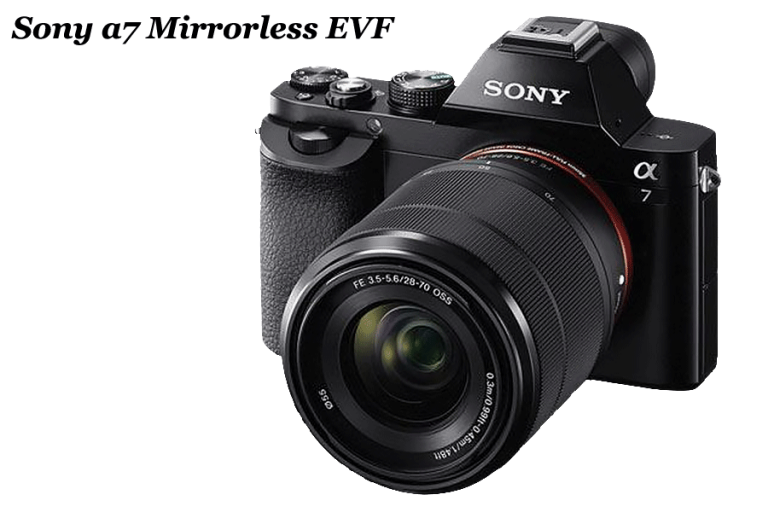
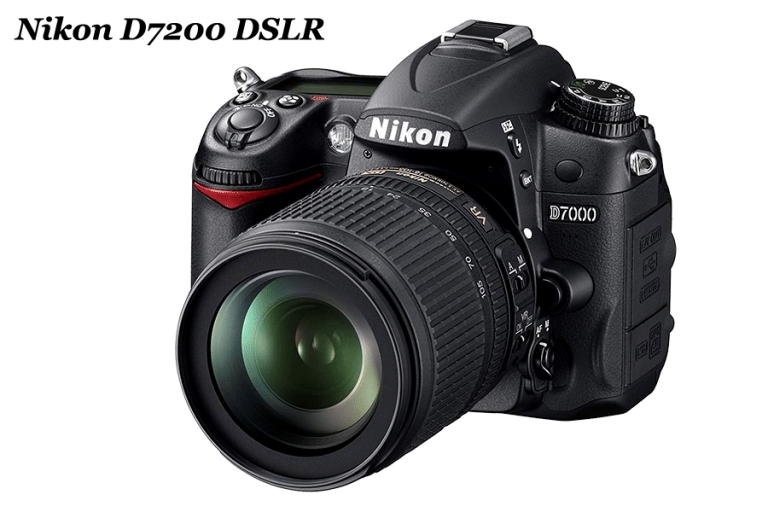
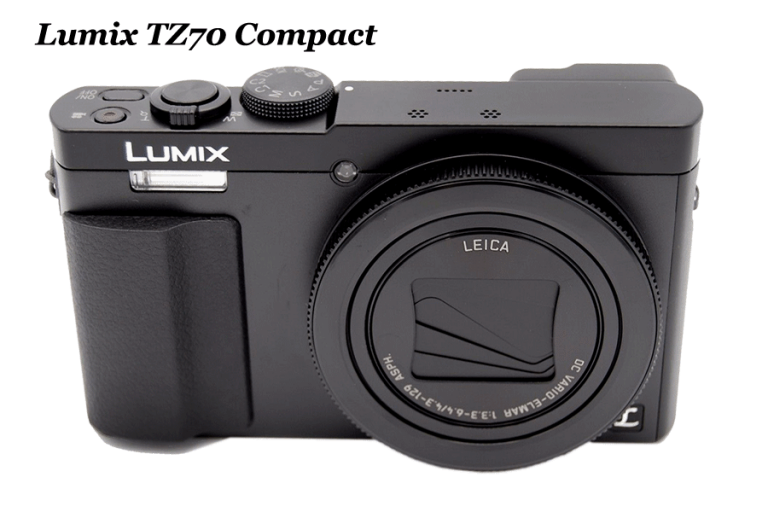
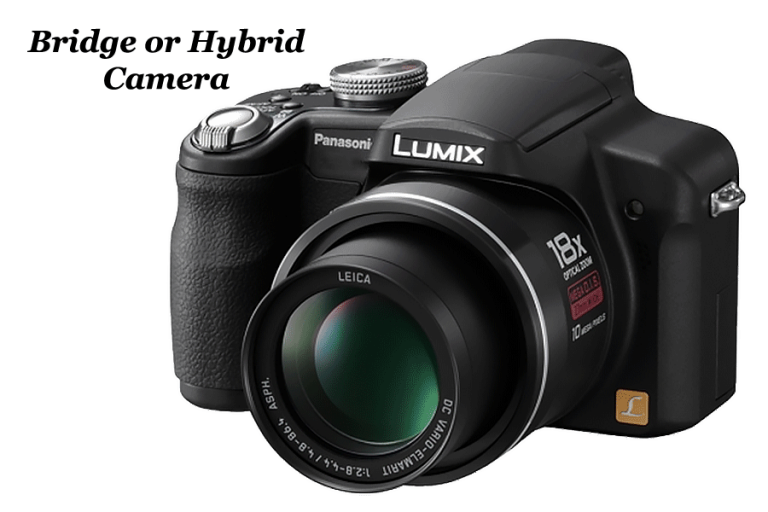
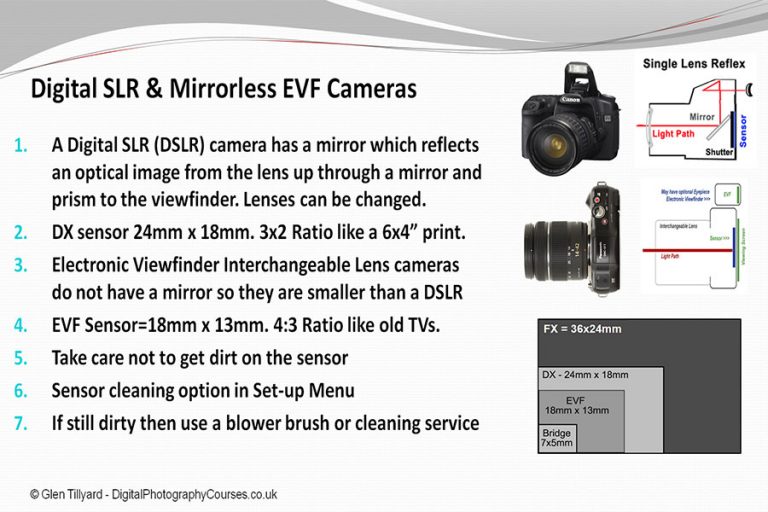
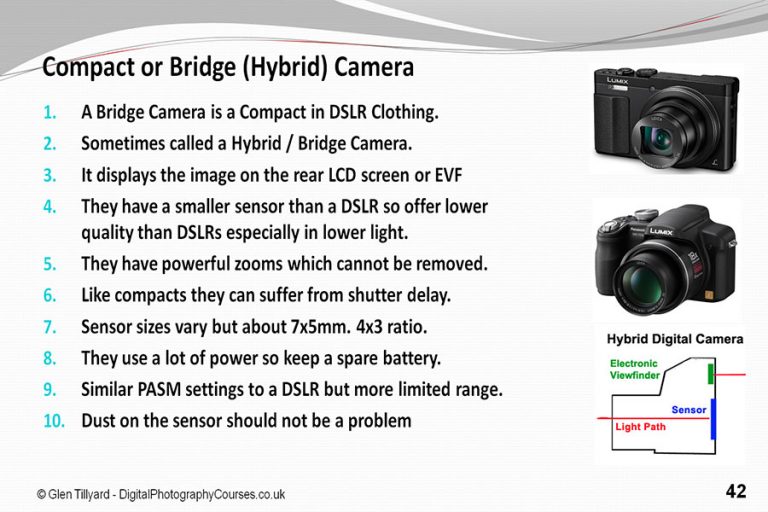
Digital Single Lens Reflex (DSLR)
When Digital SLR (DSLR) first came on the scene in the late 1990s they basically replaced the film with a digital sensor. Over the years this sensor resolution has increased from 1 or 2 Megapixels to around 50MP.
DSLRs can have Full Frame (FX) sensors, which is the same as the old 35mm film size, or DX which is about the size of a postage stamp. Generally speaking larger FX sensors produce better images in low light which is why they are a favourite of wedding photographers who shoot in churches without using flash.
Compact and Bridge or Hybrid Cameras
Electronic Viewfinder (EVF) Mirrorless Cameras
I was reluctant to do the beginners course, but extremely glad that I did. Even after taking photos for a lot of years it helped me to know the fundamentals and build on then. Getting off the ‘auto setting’ was crucial and gave control. The beginners course was the best money that I ever invested in photography. Jim Tyson.
Which Camera Should You Get?
This is not an easy question to answer as it really depends on what type of photography you do and what your priorities are. If you want something to slip in your pocket or handbag then go with a compact like the Panasonic Lumix TZ70.
If you are a someone who mainly shoots in good light, needs a really long telephoto lens and you are happy to carry a larger camera then look at a bridge camera.
If you are a photographer who sees photography as a serious hobby and you want to photograph lots of different subjects then look at a DSLR or EVF camera.
DSLR or Mirrorless EVF
The choice between DSLR and Mirrorless is less obvious as they both offer a similar quality, and have a similar range of lenses, flashguns and accessories.
DSLRs have a proven track record, have a massive second-hand market and have batteries that last longer than EVF cameras.
Electronic Viewfinder Cameras
Electronic Viewfinders are usually smaller and lighter, as they don’t need a mirror to assemble, but may also have a smaller sensors. Early EVF cameras used to have rubbish viewfinders and be slower to react but this is improving all the time.
Because they are using the power all time and batteries tend to be smaller, due to the smaller body size, EVF cameras use a lot of power so spare batteries should be considered an essential item. EVF Cameras tend to have a lot more settings and features which can be a blessing or a curse depending on your point of view.
If you would like some advice on which type of camera to buy then drop me an email stating what you want it for and your budget and I’ll try to help.
email glen@digitalphotographycourses.co.uk
Which are suitable for the Beginners Course?
A great day. Lots of technical information to process but great course notes for me to refer back to. It’s great to have all the camera settings explained clearly so I can use them to improve my photography shots. James Wesson
Another great day with lots of useful info and a really good next step up from the Beginners Course. It’s given me another boost to get out and practice my new skills. I’m already looking forward to my next course. Joanna Boughy
This course was particularly good with regards to understanding the exposure triangle and I found this invaluable. It’s quite an intensive course but I feel a lot happier finding my way around the various camera settings. Now to start saving up for the next one.
Karen Collinson
I thoroughly enjoyed this course. Everything I wanted to know about the more advanced techniques was covered. I’m really looking forward to going out and trying what I’ve learnt, especially regarding shutter speeds combined with aperture settings.
Margaret Rose
